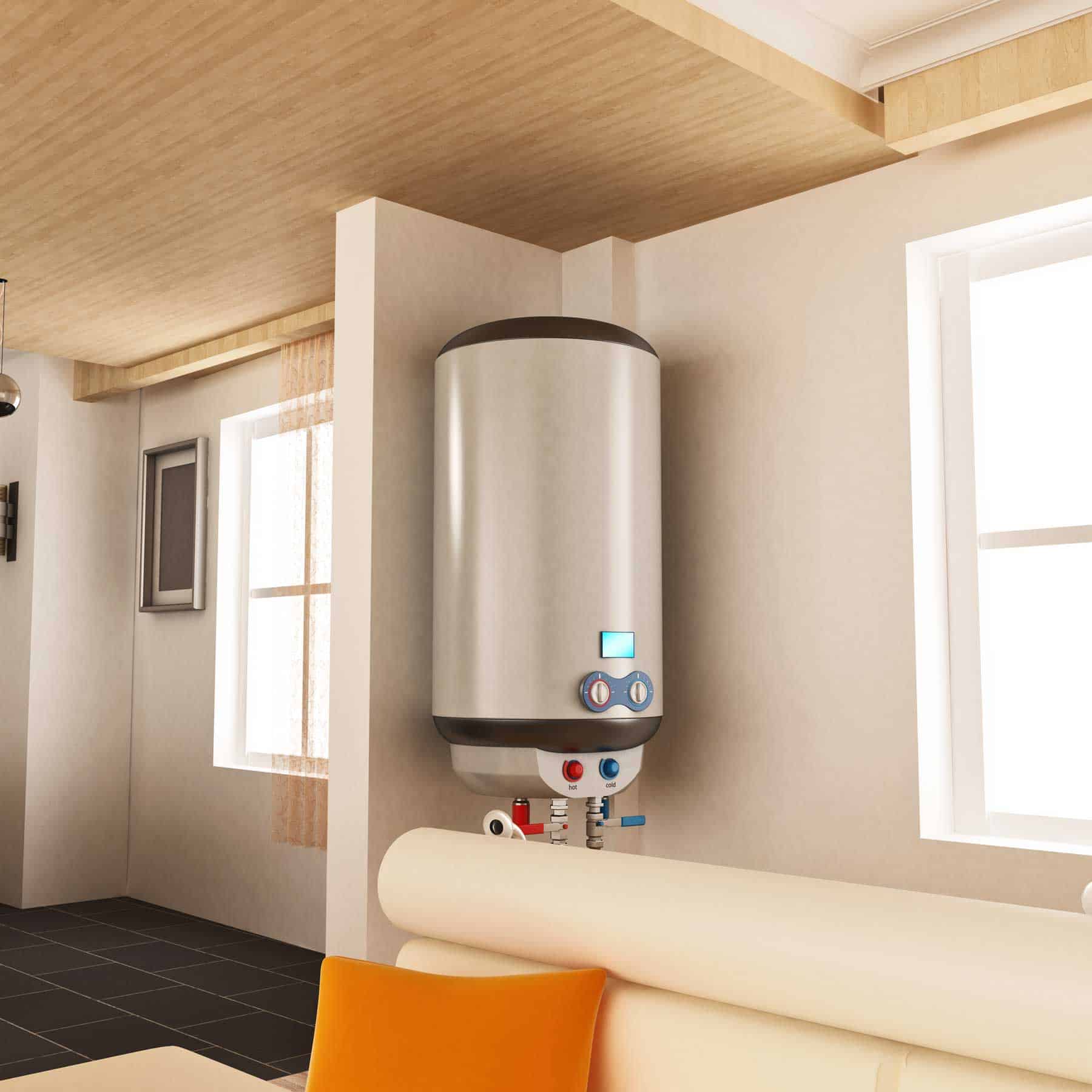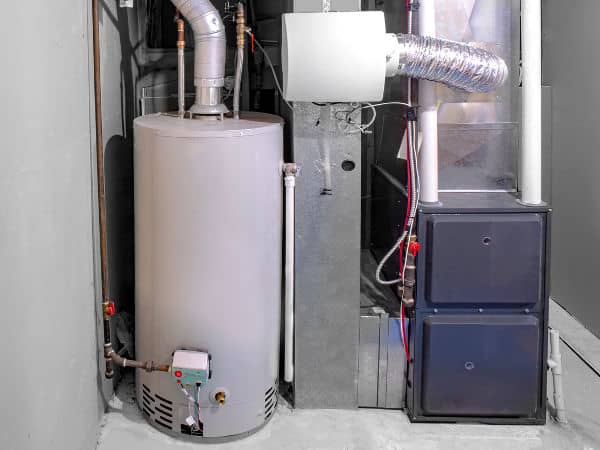This post further down relating to How to Maintain Your Water Heater & Prolong its Life is unquestionably informative. You should take a peek.

Hot water is necessary for everyday comfort, whether it's for a refreshing shower or cleaning recipes. To guarantee your warm water system runs effectively and lasts much longer, routine maintenance is essential. This write-up supplies functional ideas and insights on just how to preserve your home's warm water system to prevent interruptions and pricey repair services.
Intro
Preserving your home's hot water system could seem challenging, yet with a couple of straightforward steps, you can guarantee it runs smoothly for several years to find. This overview covers whatever from recognizing your hot water system to DIY upkeep tips and recognizing when to contact professional aid.
Relevance of Preserving Your Warm Water System
Routine upkeep not just expands the lifespan of your warm water system but additionally guarantees it operates successfully. Neglecting upkeep can lead to reduced performance, greater energy expenses, and also premature failure of the system.
Indications Your Warm Water System Demands Maintenance
Knowing when your hot water system needs focus can protect against major problems. Watch out for signs such as inconsistent water temperature level, strange sounds from the heating system, or corroded water.
Understanding Your Hot Water System
Before diving into maintenance jobs, it's handy to comprehend the standard parts of your hot water system. Commonly, this consists of the hot water heater itself, pipelines, anode poles, and temperature level controls.
Month-to-month Maintenance Tasks
Routine regular monthly checks can assist capture small issues prior to they intensify.
Flushing the Water Heater
Flushing your water heater eliminates sediment accumulation, improving efficiency and extending its life.
Checking and Replacing Anode Rods
Anode poles stop deterioration inside the container. Checking and replacing them when worn out is essential.
Examining and Adjusting Temperature Settings
Adjusting the temperature level settings makes sure optimum performance and security.
DIY Tips for Upkeep
You can execute numerous maintenance jobs on your own to maintain your warm water system in leading problem.
Checking for Leaks
Frequently check pipelines and links for leakages, as these can cause water damages and higher expenses.
Evaluating Pressure Alleviation Valves
Checking the pressure relief valve ensures it works correctly and prevents extreme stress accumulation.
Insulating Pipelines
Shielding hot water pipelines minimizes warmth loss and can save power.
When to Call a Professional
While DIY upkeep is beneficial, some issues call for specialist competence.
Facility Problems Calling For Professional Aid
Examples consist of major leaks, electric issues, or if your water heater is consistently underperforming.
Routine Specialist Maintenance Advantages
Professional maintenance can include complete assessments, tune-ups, and making sure compliance with safety requirements.
Verdict
Normal upkeep of your home's warm water system is crucial for performance, long life, and price financial savings. By adhering to these pointers and recognizing when to look for expert help, you can make sure a dependable supply of warm water without unforeseen disruptions.
How to Maintain an Instant Hot Water Heater
Before tinkering with your hot water heater, make sure that it’s not powered on. You also have to turn off the main circuit breaker and shut off the main gas line to prevent accidents. Also turn off the water valves connected to your unit to prevent water from flowing into and out of the appliance. 2. When you’re done, you have to detach the purge valves’ caps. These look like the letter “T” and are situated on either side of the water valves. Doing so will release any pressure that has accumulated inside the valves while at the same time avoid hot water from shooting out and burning your skin. 3. When the purge valves’ caps are removed, you have to connect your hosing lines to the valves. Your unit should have come with three hoses but if it didn’t, you can purchase these things from any hardware or home repair shops. You can also get them from retail stores that sell water heating systems. Read the user’s manual and follow it to complete this task properly. When the hosing lines are connected, open the purge port’s valves. 4. You should never use harsh chemical cleaners or solutions when cleaning your unit. Make use of white vinegar instead. It should be undiluted and you’ll probably use about 2 gallons. 5. Now flush your water heater. This task should probably take about 40 minutes. We can’t give you specific directions for this because the procedure is carried out depending on the type, model and brand of your heater. With that being said, refer to the user’s manual. 6. When you’re done draining the unit, you have to turn off the purge port valves again. Remove the hosing lines that you earlier installed on each of the water valves. Put the valve caps (purge port) back in their respective places and be very careful so as not to damage the rubber discs that are found inside these caps. 7. Now that everything’s back in place, check your user’s manual again to find out how to reactivate your water heating system. 8. Once it is working, turn one of your hot water faucets on just to let air pass through the heater’s water supply pipes. Leave the tap on until water flows smoothly out of it. https://www.orrplumbing.com/blog/2014/september/how-to-maintain-an-instant-hot-water-heater/

I recently found that blog entry on How to Maintain Your Water Heater & Prolong its Life when doing a search on the internet. Sharing is caring. Helping people is fun. I cherish your readership.
Request Appointment